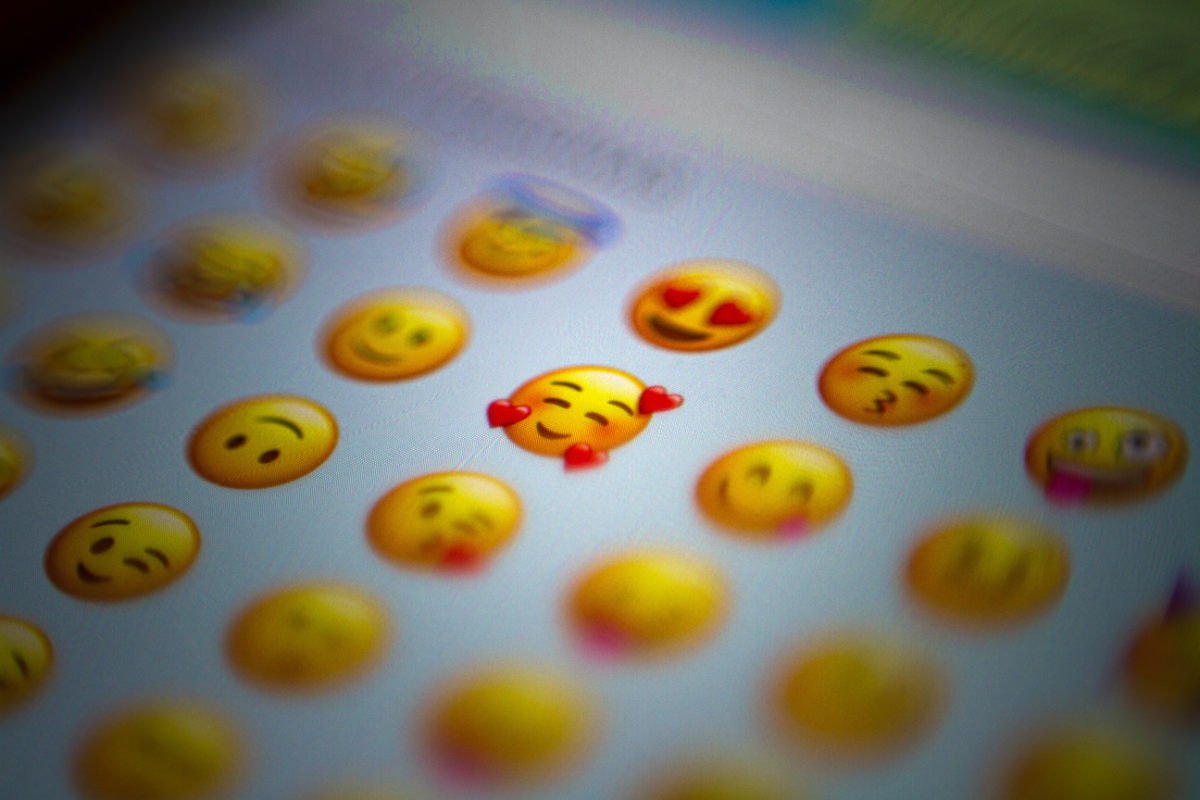Since the rise of emojis, brand strategists have sought to answer one question: what do these small graphics tell us about the state of consumer emotions today? A question not echoing so loudly around the brainstorming table is: are emojis actually transforming emotions? Though the answers to the above may be different across cultures, both questions are vital in any market where emojis are involved.
Emojis for communicating emotions
Certainly, analysing emojis for what they reveal about emotion has worked well for many campaigns. Let's turn to 'Say it with Pepsi', for instance. This 2016 campaign by PepsiCo understood that emojis indicated a change in how consumers communicated their emotions, and hence, something that should be appropriated in its own communication strategy. First, those behind the social media campaign knew that launching customised emojis would help fit seamlessly into the current digital vernacular, that is, short but expressive messages. One Microsoft statistic claims that humans have fallen behind goldfish with their attention span at eight seconds, and if so, an emoji might be, as the phrase goes, useful for saying a thousand words in one picture. PepsiCo had also grasped that consumers shared emojis with a view to displaying their own sentiments and were moved by others doing the same. That explains why this campaign dropped a former decision to feature emojis of different Pepsi cans and instead focused on producing various mood emojis. A new willingness to feel out loud may have become almost universal, but Pepsi campaigners were quick to recognise that emojis did not hold equal significance for everyone around the world. In order for consumers to reflect their cultural and regional influences online, PepsiCo introduced country-specific emojis to the mix. Therefore, in this campaign, emojis are a response to consumers who like to communicate emotions through means that seem transparent, personal, and entertaining.
Emojis for projecting identities
Media tagged on to the long line of sectors trying to grapple with emojis. When the 'tears of joy' emoji was crowned word of 2015 by Oxford Dictionary, BBC Newsbeat marked the popularity of emojis with a feature entitled 'What your most frequently used emoji says about you'? Here, emojis are not only a medium through which individuals seem to open up their real feelings at a given moment. The article also suggests that emojis are tools which people use to fashion and project long-standing identities and, by the same token, identify connections with others. No matter what critics thought of the Emoji Movie released in 2017, it clearly indicates that audiences are looking for character and narratives in emojis which they can adopt to enrich their own communication. An emoji choice is less often thought to be random but increasingly seen as a considered decision made after identifying closely with it. This perhaps explains why a seventeen year old New Yorker was arrested in January 2015 for terror threat suspicions when he posted the emoji of a gun pointing at a police officer. Emojis are almost being treated as windows to people's souls, revealing what they feel, how they like to express feelings, and their intentions and allegiances. They also hint the place that emotions are starting to occupy online- at the forefront of interaction, personal identity, and relationships.
Interrogating emojis
However, is it safe to assume that emojis simply show us what's happening to emotions- how people think about, feel, and express them? If under this assumption, brands are missing out on a crucial detail. This is because emojis, like any other language, put restrictions on what can and cannot be expressed. Just as translators struggle to find exact equivalents for words across different languages, an emoji user may not always stumble on a graphic that accurately reflects their feelings. Only three varieties of emojis dominate digital communication throughout the world. According to the BBC Newsbeat piece cited above, it appears that 45%, or almost half, of the emojis shared globally are happy faces. Sad faces, meanwhile, make up 14% of worldwide emoji circulation and 12% consists of various hearts. Of course, it's encouraging to see that today's internet users are full of positive vibes! Even if this reflected reality, what happened to all the other types of emotions we could feel, besides the three species noted here? Simplifying emotional expression is not a new phenomenon. In her 'The Book of Human Emotions', Tiffany Watt Smith highlights that we have lost words like the Japanese Amae- which described the need to be comforted by a loved one- and the Portuguese saudade- which referred to a yearning for someone or somewhere far away or lost. Though consumers may still identify with these feelings, they are harder to distinctly express and so it becomes harder for brands to decipher them. By being unexpressed, it may be that certain feelings are marginalised by a so-called 'normal'. In this sense, emojis seem to work like a normalising mechanism, disciplining users to express their feelings in approved ways. Consumers are also punished if their feelings don't correspond to the emoji options available, as they are then unable to reap the promised rewards of sharing their emotions online.
Lessons for brands
Two things could happen when brand strategists ask what emojis are doing to emotions: First, you will discover that analysing the emojis people use is not a substitute for in-depth study of actual emotions. This could refine your brand's understanding and targeting of consumer sentiment. The insights may also lead you to stories that people want to but cannot tell and how your brand emoji could help them do that. Second, more light will be shed on the consequences of emojis. How do they shape people's interpretations of feelings? Does their impact extend offline?
Without answering these questions, any emoji strategy risks being incomplete.
